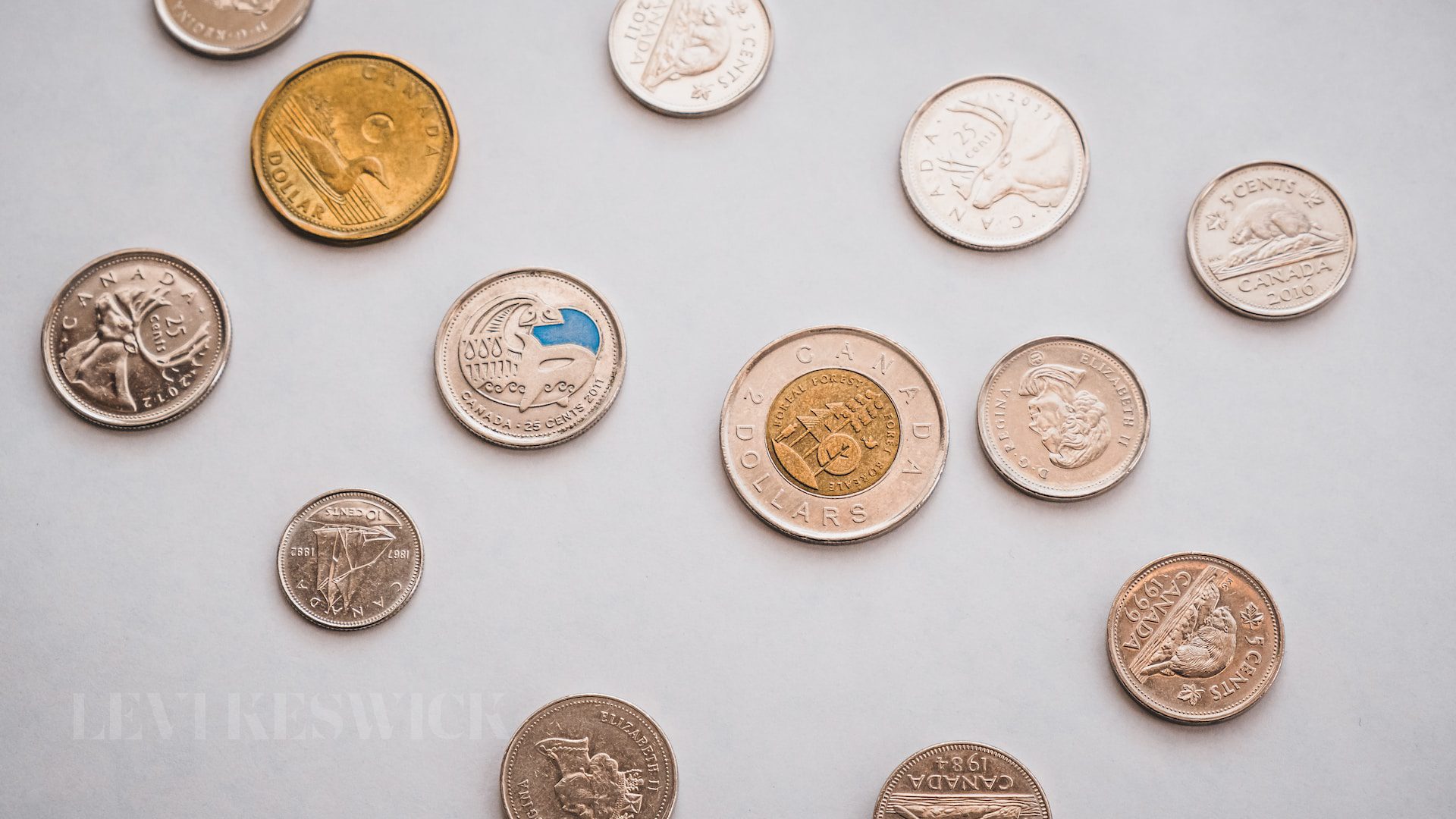Key takeaways:
- 2009 nickels are exceptionally hard to find, making them a numismatic curiosity.
- Their scarcity is a result of lower mintages in response to the economic situation in 2009.
- Despite their scarcity, the value of 2009 nickels in circulation remains at face value.
- A unique economic moment in history, the mystery of the 2009 nickels is a reminder of how macroeconomic conditions can leave a lasting impact on seemingly unrelated sectors.
The Peculiar Case of the 2009 Nickels
For those fascinated by the hobby of coin collecting or merely curious about the nickels jingling in their pockets, the scarcity of 2009 Jefferson Nickels is a compelling mystery. While its predecessors from 2008 and successors from 2010 appear frequently, coming across a 2009 nickel is akin to finding a needle in a haystack. The question then begs, why is it so hard to stumble upon these elusive 2009 nickels?
Understanding the Numbers: Mintages of the 2009 Nickels
The answer to the rarity of the 2009 nickels can be traced back to their mintage figures. In numismatic terms, mintage refers to the quantity of coins produced by a mint in a particular year. Comparing the mintage numbers for Jefferson Nickels reveals a striking difference in 2009.
In 2008, the Philadelphia mint produced 279,840,000 nickels, while Denver produced 345,600,000. Fast-forward to 2010, the numbers were still high: 260,640,000 out of Philadelphia and 229,920,000 from Denver. But in 2009, the figures plunged dramatically. A paltry 39,840,000 nickels were minted in Philadelphia, with Denver slightly exceeding that figure at 46,800,000. These significantly lower mintages explain why the 2009 nickels have become a rarity in our change.
A Historical Backdrop: The Influence of the Great Recession
To understand the reason behind the lower mintage of 2009 nickels, we must cast our minds back to the economic climate of the time. 2009 marked a period of considerable economic distress in the United States. The country was in the throes of the Great Recession, one of the most severe economic downturns since the Great Depression.
The consequences of the recession echoed through various sectors, including the US Mint. Demand for new circulating coinage plummeted. In response, the Mint significantly reduced the mintages of circulating coins, including nickels and dimes. By April 2009, production of both denominations was temporarily halted. This economic decision resulted in the notable scarcity of 2009 nickels that collectors and curious observers note today.
Assessing Value: Are 2009 Nickels Worth More?
Given their rarity, it’s natural to wonder if 2009 nickels command a higher value. However, circulated specimens of these coins retain their face value. In numismatic grading, where the condition of a coin influences its worth, a 2009-P (from Philadelphia) nickel in MS65FS (Mint State 65 Full Steps) grade can fetch $22, while the 2009-D (from Denver) nickel in the same grade is valued at $30. Despite their scarcity, the intrinsic value of 2009 nickels remains relatively modest.
The Enigma of the 2009 Nickels: A Lasting Impact
The story of the 2009 nickels provides an intriguing insight into the numismatic world. Their scarcity serves as a reminder of how larger economic situations can imprint themselves on seemingly disparate areas, like coin production. These elusive nickels encapsulate a unique moment in history, making the search for them all the more fascinating. Whether you’re a seasoned coin collector or an amateur, the quest for the elusive 2009 nickels adds a dash of mystery to the joy of numismatics.








